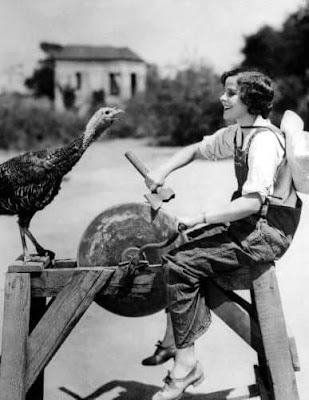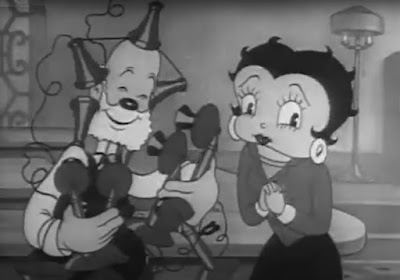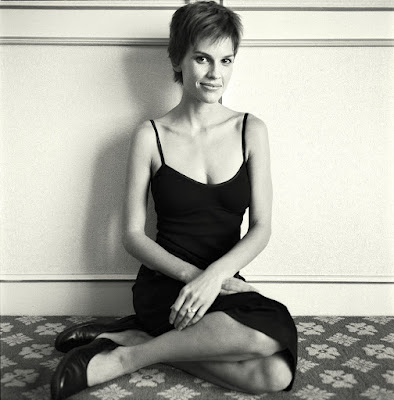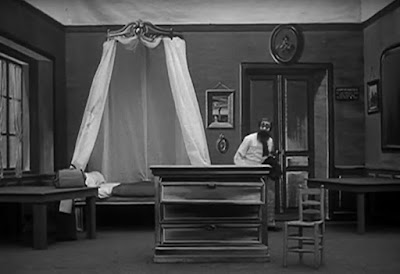Fantômas III: The Murderous Corpse (aka "The Deadly Corpse" and "The Dead Man Who Killed") (1913)Starring: Georges Melchior, René Navarre, Fabienne Fabrèges, Edmund Breon, Luitz-Morat, Jane Farber, Marie Dorly, Naudier, and Renée Carl
Director: Louis Feuillade
Rating: Six of Ten Stars
Fandor (Melchoir) attempts to solve the mystery of how the fingerprints of a man who died in prison are showing up at crime scenes. Meanwhile, Fantômas (Navarre) is murdering, stealing, and undertaking a stock swindling scheme, all without fear of detection now that his nemesis Inspector Juve (Breon) is missing and presumed dead.
"The Deadly Corpse" is the longest Fantomas chapter so far, but it would have been better served if it had been shorter. While a few scenes are padded with characters meandering about and not much happening, the bigger problem is that the film is crammed too full of sinister Fantômas-ing.
In "The Deadly Corpse", Fantômas is basically engineering a stock manipulation scheme, but he goes about it with a ridiculously complicated web interconnected crimes--such as framing a guy for murder and then murdering him (as well as stealing his dead body), a jewel heist and some related extortion, and a second murder (for which he frames the missing dead man). All of these things are excellent ideas and very well presented in the film... but these good pieces add up to a less than satisfying whole. This would have been a much stronger film (not to mention shorter) if Fantômas had just done the heist and the second murder, or perhaps skipped the heist and just used the mystery of the how a dead man of the first kill could be committing murder to sensationalize the second the kill. Maybe my reaction is coming from being 100+ years of development of cinematic thriller tropes removed from this film, or maybe this film is a prime example of "too much of a good thing."
Another issue is the return of Lady Beltham (played by Renée Carl). The character's murky relationship to Fantômas in
"Juve vs Fantomas" bothered me, but here I find it downright annoying. Even Fantômas seems surprised when she turns up on his doorstep to offer her assistance in his latest schemes, putting a lie to my notion that there was some twisted romantic relationship between the characters. Perhaps viewers in 1913 understood Lady Beltham's role in the over-arcing storyline of the series--these films were based on best-selling novels of the day, so the target audience already knew all the characters and how they were connected to each other--but I was left wondering why she was brought back instead of the far more interesting new female assistant that was introduced in the previous film (and who is nowhere in this one).
I was also bothered by the fact that this film is tinted, but I went on about my issues there extensively in my write up of
"Juve vs Fantomas" so I won't repeat them here.
Ultimately, "The Murderous Corpse" is a somewhat disappointing entry in the "Fantômas" series with a bunch of good components coming together to form a less-than-satisfying whole. Maybe things get better again in Part Four!









































.jpg)
